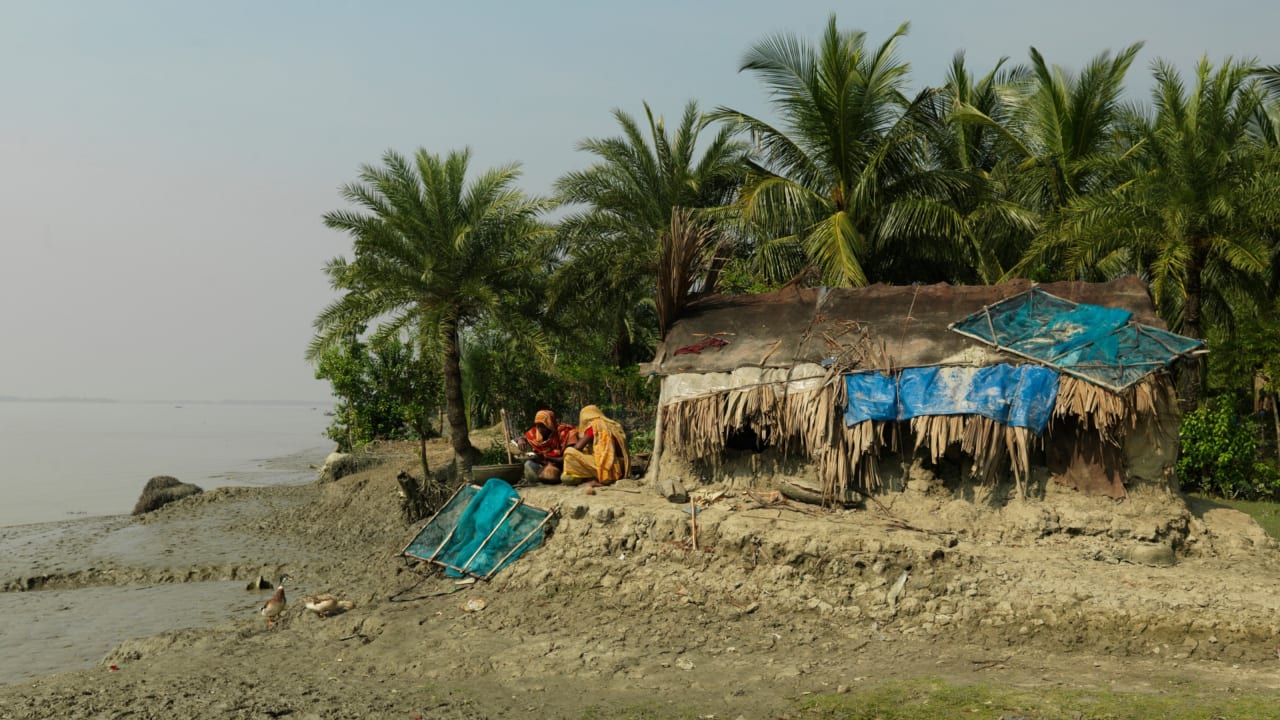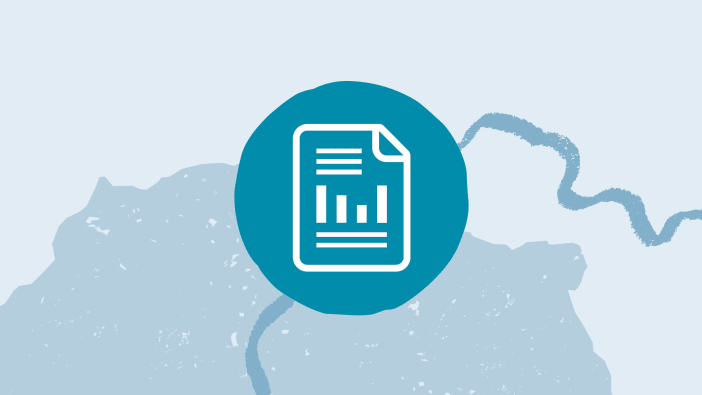Climate change is having a significant impact on water availability, quality, accessibility and demand in many contexts. These impacts are, in turn, affecting many other sectors such as agriculture, energy and health, seriously undermining development. Those who experience poverty most keenly often live in the most fragile environments and are especially reliant on water- and climate-sensitive sectors, so they are highly vulnerable to climatic impacts.
While the process of adaptation to changes in climate is not new, the pace of change and the scale of impacts, including through extreme events, are unprecedented. Tearfund believes that climate risk-based approaches, which address climate variability and climate change, need to be integrated within water policy frameworks.
Therefore, this document aims to provide guidance on how resilience and adaptation can be integrated into national-level policy and programmatic planning in the water sector. It has been produced primarily for use by governments of low- and middle-income countries, although it is also intended to be of use to donor institutions and civil society organisations.
As a guidance document and not a prescriptive tool, effort has been made to ensure it is not overly directive or specific, but is relatively pragmatic and easily applicable for the intended readership. As such it is structured to allow readers to complete four key tasks:
- Establish an understanding of climate change risk and key actors
- Strengthen national policy frameworks
- Develop and implement a climate-resilient action plan for the water sector
- Track performance, adjust to changes and make improvements







